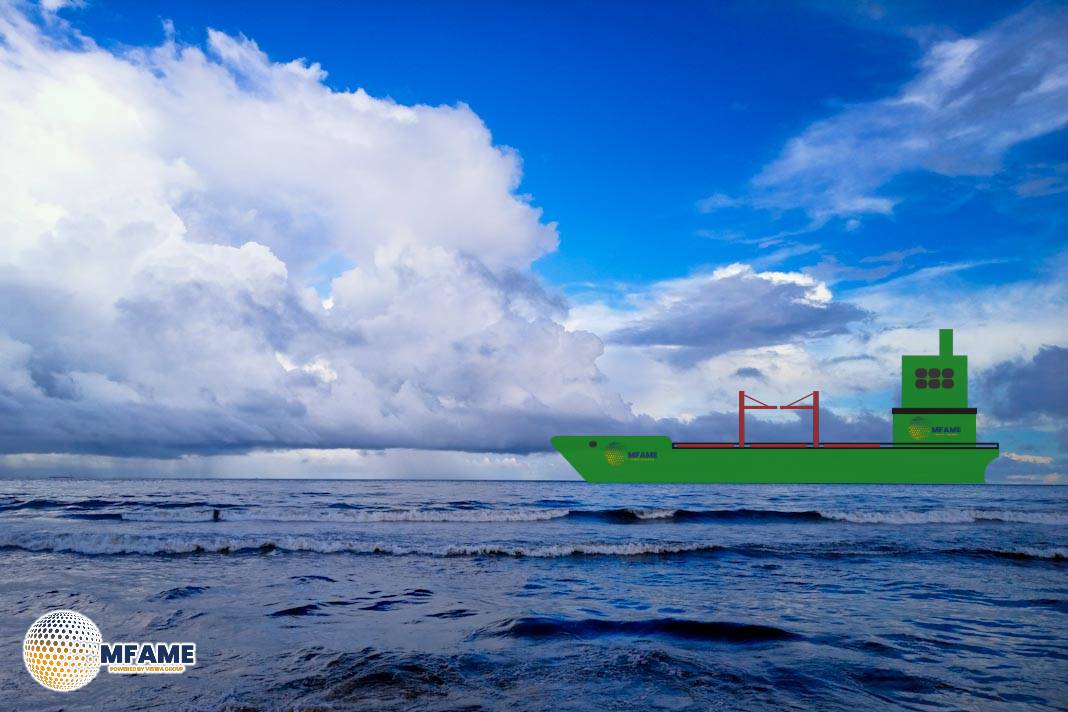- Asia-Pacific Dominates Global Cargo Shipping Growth.
- Efficiency and Low Emissions Drive Cargo Shipping Market Growth.
- Liquid Cargo Demand Fuels Market Expansion.
According to a recent study by Allied Market Research, the market for global cargo shipping was worth $2.2 trillion in 2021 and is forecast to be worth $4.2 trillion by 2031, growing at a compound annual rate (CAGR) of 7% during 2022-2031, reports Newstrail.
Asia-Pacific Drives Global Growth
Asia-Pacific was the leading region in the global cargo shipping market in 2021, and China is set to remain in the lead during the forecast period. This dominance is due to China’s robust manufacturing sector and the presence of key players like Dongfeng Motor Corporation and BYD Auto Co. Ltd. In addition, the growth of e-commerce platforms in emerging Asian economies, rising industrialisation, and regional trade agreements like the ASEAN Free Trade Area (AFTA) are driving the region’s market growth.
Efficiency and Environmental Benefits Drive Market Appeal
Shipping cargo is still one of the most environmentally friendly means of freight transport. It produces less emission per ton-kilometer than road, rail, or air transport, as indicated by the Swedish Transport and Environment Network. Big ships, which can carry thousands of commodities in a single trip, minimise the use of several trucks or trains, which leads to cost and energy savings.
Liquid Cargo Segment Gains Momentum
The cargo shipping industry is divided into three major types of cargo: liquid, dry, and general cargo. The liquid cargo market, consisting of edible and non-edible, hazardous and non-hazardous liquids, is witnessing increasing demand. The world’s increasing movement of chemicals, gases, and oil is a major driver of this demand. Demand for stronger tanker fleets is rising in response, spurred by trade-related agreements and infrastructure development.
Government Support Spurs New Vessel Development
Governments are playing an important part in bolstering the cargo shipping industry through policy aid and infrastructural investment. A case in point is the coastal shipping program initiated in October 2022, connecting Vallarpadam International Transhipment Terminal with smaller ports. This program involved the inauguration of MV Beypore Sultan, a Type IV river-sea ship constructed by Dempo Ship Building and Engineering Ltd.
Key Growth Drivers and Challenges
The shipping market for cargo is underpinned by several key drivers: growing globalisation, demographic change, port infrastructure investment, and growing investment from shipping operators. Yet it also has headwinds from tightening environmental and safety regulations. Such compliance needs can potentially dampen market growth in the future.
Opportunities in Technological Advancements and Urbanisation
Despite difficulties, the market is scheduled to grow as a result of fast urbanisation, growing spending by consumers, and technology-infused improvements in freight forwarding. The shift in manufacturing centres away from China and to Southeast Asia and Eastern Europe also offers opportunities for new logistics. Growth in inland water freight traffic and an improvement in ports’ infrastructure are also likely to create new possibilities for market operators.
COVID-19 Impact and Recovery
The COVID-19 pandemic caused global maritime commerce and supply chains to be disrupted in 2020. Crew repatriation restrictions had a profound effect on operations, with an estimated 100,000 seafarers approaching contract end every month, the International Chamber of Shipping reported. Despite the challenges, the pandemic also spurred greater investment and innovation in the industry, sped up digital transformation, and broadened cargo shipping capacity to address global needs.
Did you subscribe to our daily Newsletter?
It’s Free Click here to Subscribe!
Source: Newstrail

















